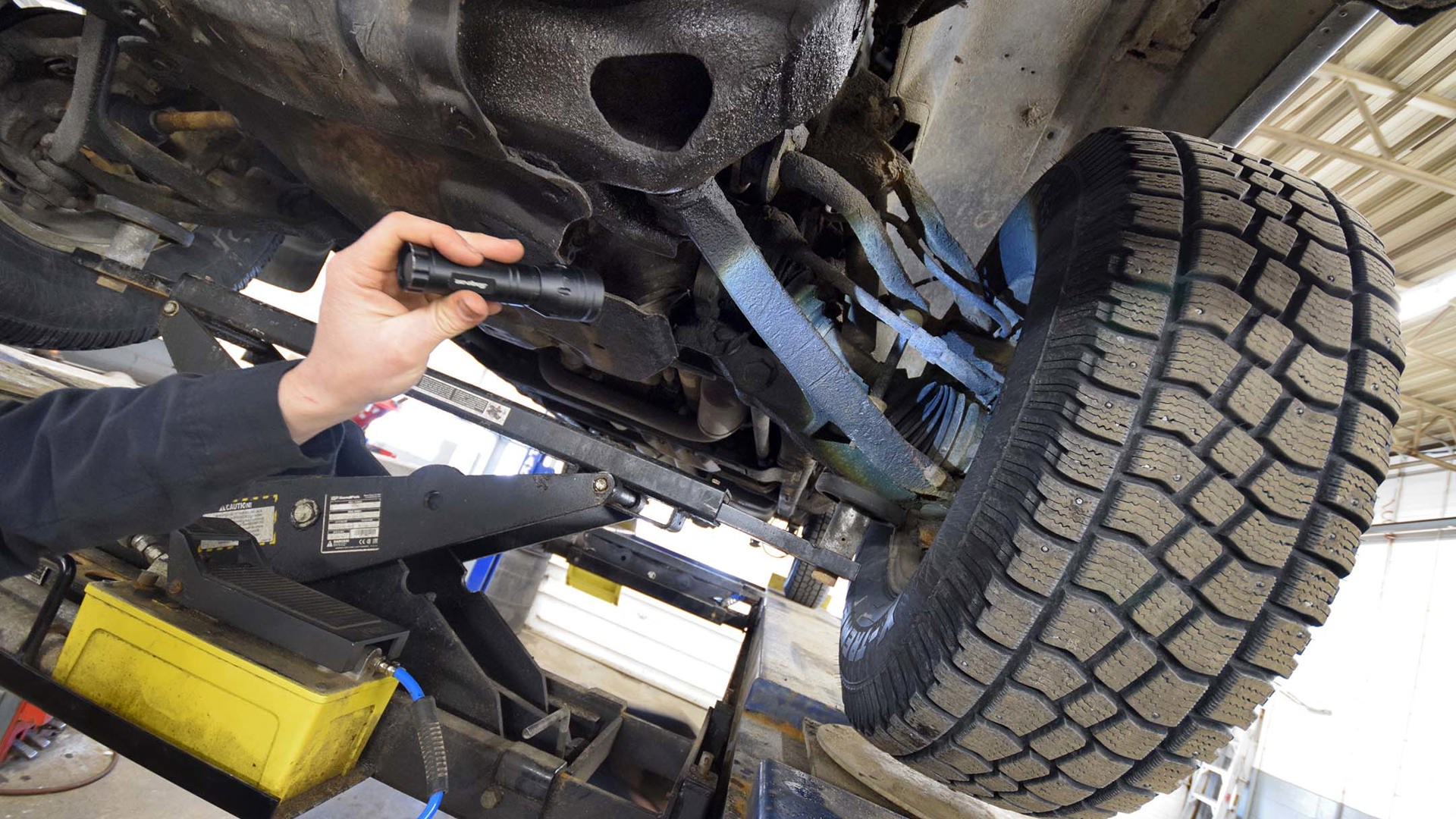Whether your AWD car, truck, crossover, or minivan is lustrous and new, or a trusty high-mileage companion, a few tips and tricks can help you to ensure the componentry behind its AWD system is in proper working order for years to come. After all, proper maintenance is key for long vehicle life, as well as a long and trouble-free life for potentially-pricey-to-repair parts of its driveline.
Below, we’ll take a look at a few tips and tricks to keep the guts of your AWD system, and your AWD vehicle itself, in tip-top shape.
Thankfully, most automakers make this easy – and modern AWD systems need minimal maintenance as they age. Read on for the tips.
Tire Rotations
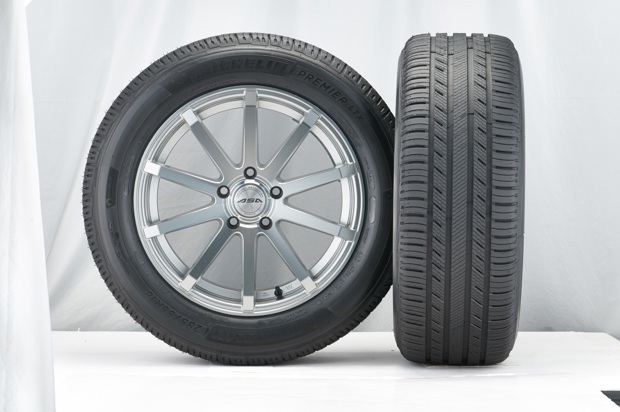
According to Kal Tire, there’s a common misconception that tire rotations aren’t needed on AWD vehicles, since all four wheels are constantly powered. This isn’t necessarily the case though – and with modern AWD systems getting smarter and smarter, the amount of power heading to each wheel can be vastly different from one moment to the next. Translation? The tires on your AWD vehicle don’t wear evenly – and you’ll still want to rotate them at the specified intervals. Your owner’s manual has the scoop.
Fluid Changes
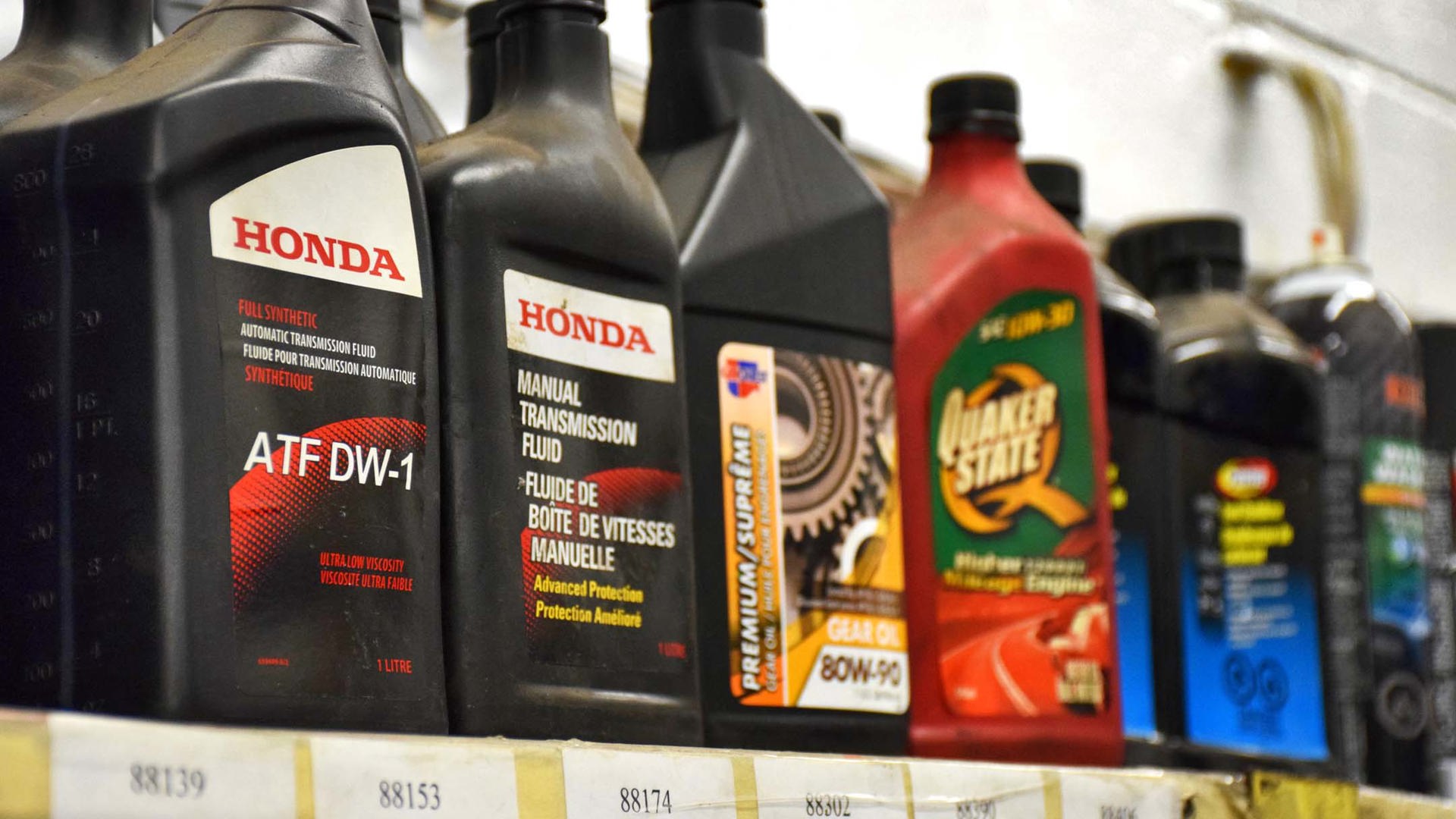
Fluids are the life-blood of your vehicle – and while engine oil tends to get the most attention, your AWD system contains fluids that require attention from time to time, too. Your owner’s manual has the scoop on when to change this fluid, and how often. Note that Canadian drivers are typically best to use the “severe use” fluid-change maintenance intervals, and that changing the fluid ahead of schedule is a great idea for added peace of mind. Some AWD systems require no fluid changes – ever – according to the owner’s manual; though some owners choose to change the fluid regularly anyways. This is a good idea – you can’t overchange fluids, and running fresh fluid is cheap insurance against problems.
Mind the Conditions

If you’ll off-road your AWD vehicle regularly, or if you often use it on dusty, muddy roads, bump up that fluid change interval for maximum peace of mind. If you travel through deep water as part of an off-road voyage, you’ll want to have the fluid in your AWD system (and rear differential) changed as soon as possible afterwards. Failing to do so can cause expensive problems that arise if water and other contaminants are allowed to enter the system.
Annual Inspection
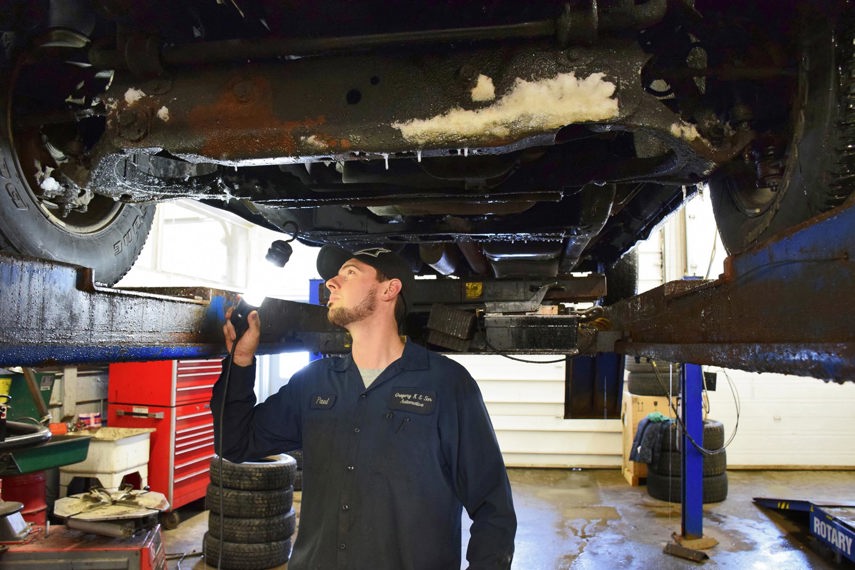
Having your AWD system inspected regularly by a professional is a great idea for long-term peace of mind. In moments, a technician can look for signs of fluid leakage, worn out prop-shaft carriers, problems with bearings and bushings, and other concerns.
Addressing problems like these while they’re small can save you money in the long run: for instance, fixing a fluid leak caused by a bad seal is considerably cheaper than replacing a centre differential that’s been nuked by being run dry after all the fluid leaks out.
Mind the Electronics
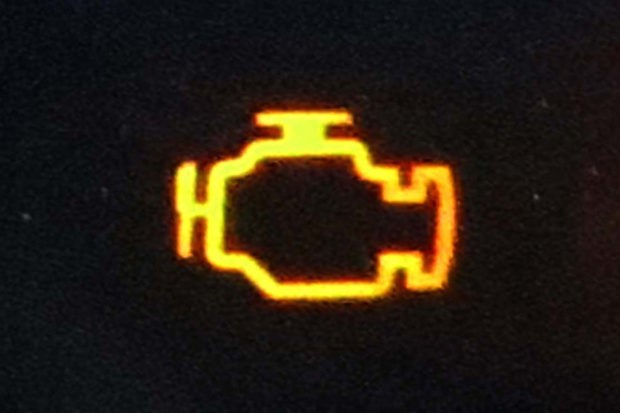
If you’ve got a Check Engine light, you’ll want to figure out what’s causing it – right away. Typically, this involves a diagnostic scan, which quickly identifies the problem that caused the light to turn on. As many AWD vehicles are computer controlled, their proper operation, and possibly, their longevity, depends on having a sensor network that’s in perfect working order. Some problems that cause a Check Engine light to illuminate may affect the performance and operation of your AWD system, so be sure to have them addressed.
